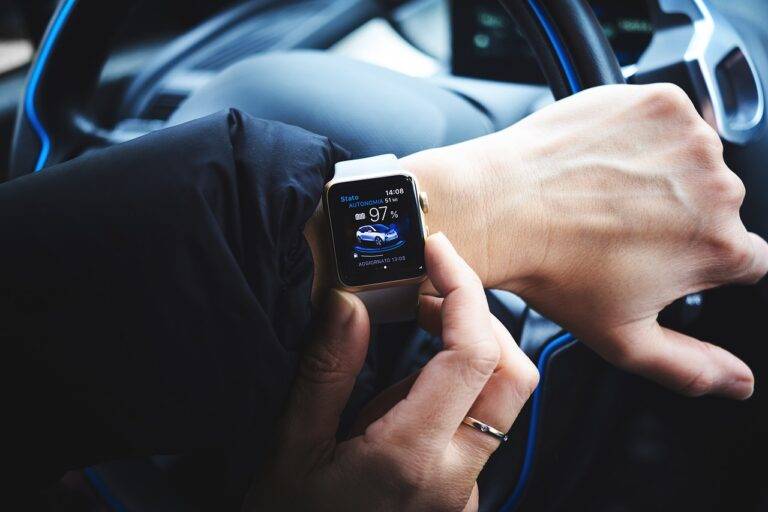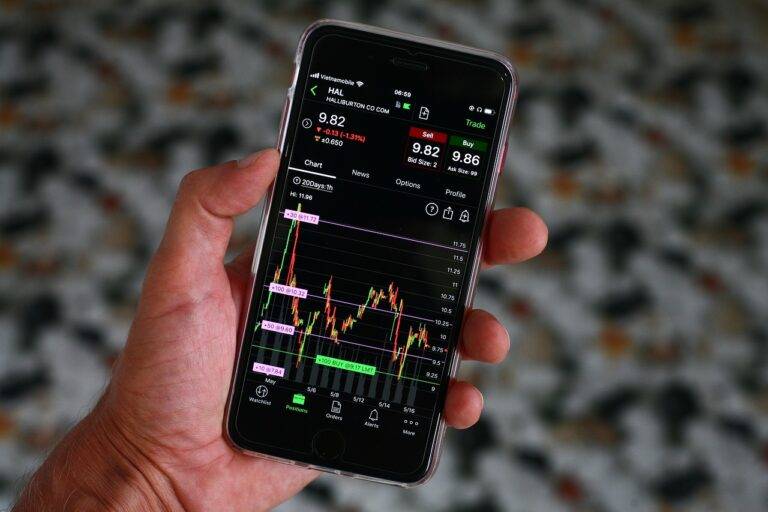The Adoption of Biometric Authentication Systems in Everyday Life
Biometric authentication systems offer a high level of security by verifying a person’s unique biological traits such as fingerprints, retina scans, or facial recognition. This drastically reduces the risk of unauthorized access to sensitive information and enhances overall data protection.
Moreover, biometric authentication systems are user-friendly and convenient to use. They eliminate the need to remember complex passwords or carry physical keys, making the authentication process seamless and efficient. This not only saves time but also enhances the user experience, especially in high-security environments where quick and accurate identification is crucial.
How Biometric Authentication Works
Biometric authentication works by using unique biological characteristics to verify and identify individuals. This technology relies on physical attributes such as fingerprints, facial features, iris patterns, or voice recognition to grant access to a system or device. When a user attempts to authenticate their identity, the biometric system captures their biometric data and compares it against stored templates to determine a match.
The process of biometric authentication involves a series of steps to ensure accurate verification. First, the system scans and captures the biometric data of the individual. This data is then converted into a digital template and securely stored for future comparisons. When the user tries to access a device or system, the biometric system retrieves this stored template and compares it with the freshly captured biometric data to authenticate the individual’s identity.
Biometric authentication uses unique biological characteristics to verify and identify individuals
Physical attributes such as fingerprints, facial features, iris patterns, or voice recognition are used
The system captures biometric data and compares it against stored templates for verification
The process involves scanning and capturing the individual’s biometric data
The data is converted into a digital template and securely stored for future comparisons
When accessing a device or system, the stored template is compared with freshly captured biometric data
Different Types of Biometric Authentication
Biometric authentication technology comes in various forms, each utilizing unique characteristics of individuals to verify their identity. One common type is fingerprint recognition, which captures and matches patterns on a person’s fingertips for authentication. Another popular method is facial recognition, where facial features like the distance between eyes and shape of the nose are scanned and compared to stored data.
Voice recognition is another type of biometric authentication that analyzes the unique vocal patterns and characteristics of individuals to grant access. Similarly, iris recognition involves capturing detailed patterns in the colored part of the eye to confirm identity. Each type of biometric authentication offers its own advantages and considerations in terms of accuracy, speed, and level of security.
What are the benefits of biometric authentication systems?
Biometric authentication systems offer increased security compared to traditional methods like passwords or PINs, as biometric data is unique to each individual. They also provide convenience, as users don’t have to remember passwords and can easily authenticate themselves with a simple scan or touch.
How does biometric authentication work?
Biometric authentication works by capturing and analyzing unique physical or behavioral characteristics of an individual, such as fingerprint patterns, facial features, or voice patterns. This data is then compared to a stored template to verify the identity of the user.
What are the different types of biometric authentication?
Some common types of biometric authentication include fingerprint recognition, facial recognition, iris recognition, voice recognition, and palm vein recognition. Each type has its own unique characteristics and applications.






